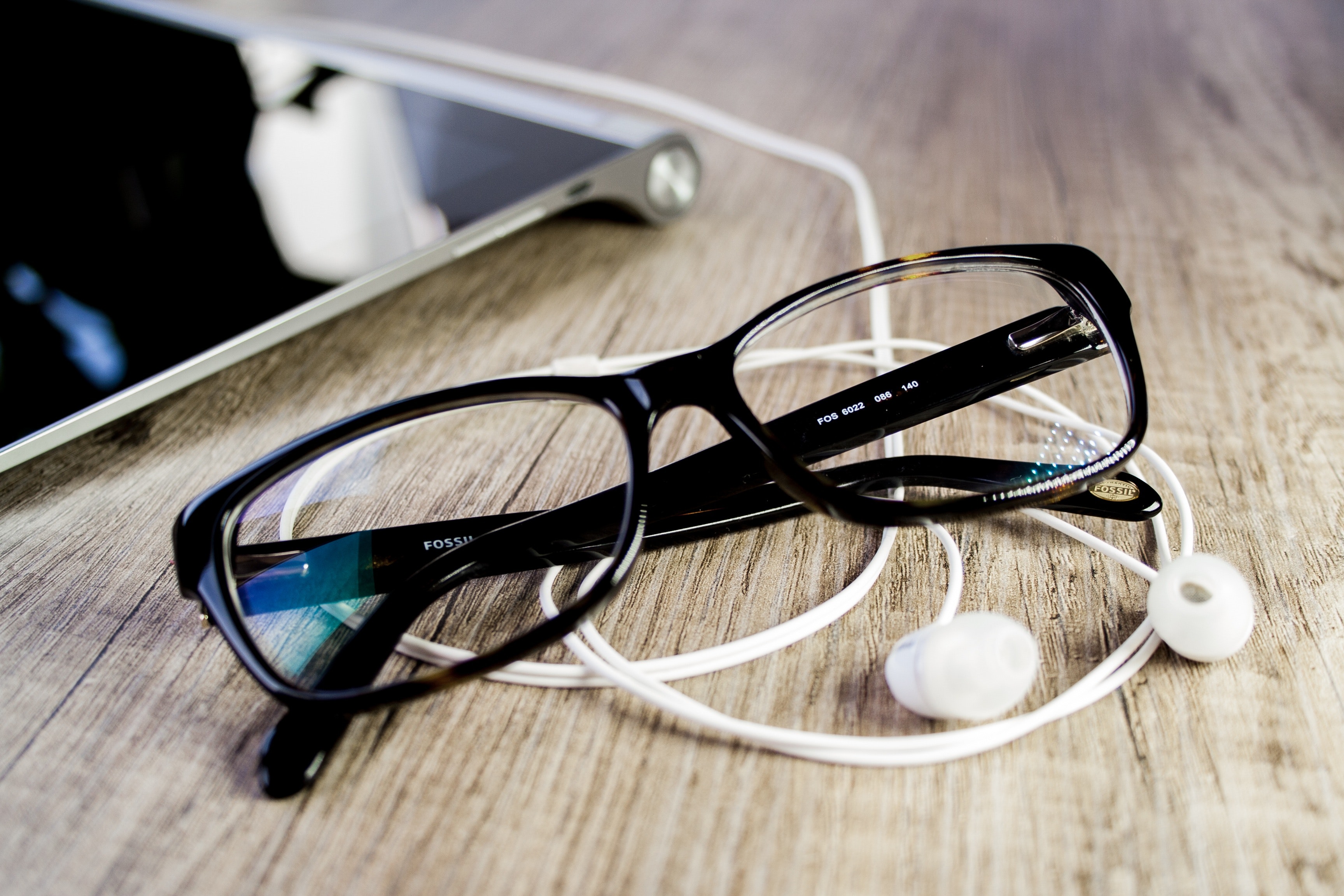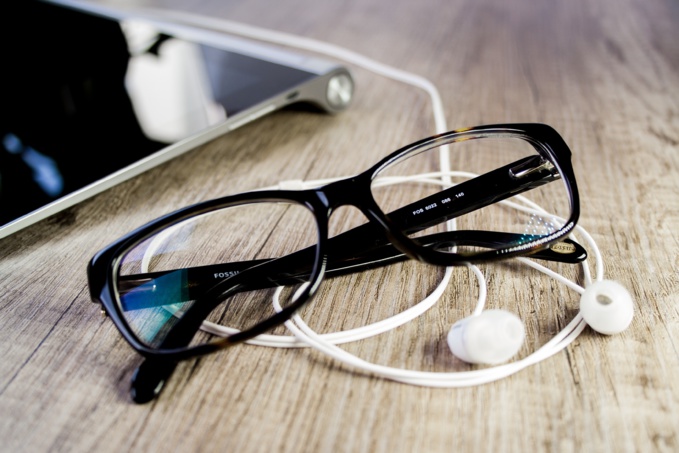The results of the study were published last week in the scientific journal The BMJ. To test the hypothesis, scientists analyzed genetic profiles, data on visual acuity and education data of nearly 68,000 British adults. The research was conducted in two directions. Scientists figured out how many years people with a genetic predisposition to myopia dedicated to education. And, conversely, whether those, who are predisposed to devote more time to education, developed a greater degree of myopia.
It turned out that those who are more disposed to long-term studies, and, therefore, read a lot, often become short-sighted. But there was no reverse dependence: the genetic predisposition to myopia does not affect the number of years devoted to studying. The same study showed that the degree of myopia is directly dependent on the number of years of study. So, the average person graduates from high school with twenty-twenty vision. At the end of his studies at the university, he will already need glasses to drive a car. For comparison, if a person studied for a total of 17 years, including school and university, then his vision will be at least one dioptre lower than that of a person who studied only at school.
The study does not explain how exactly vision deteriorates during long studies. However, most eye experts agree that the deterioration does not result from the fact that people bend low over books and the eyes become tense and tired.
Rather. it results from the fact that many people read with artificial lighting, and not in the open air, where the sun is shining. "The level of illumination even in a very bright class is 500 lux, and up to 120 thousand lux on the street on a sunny day. So it's obvious that those who spend more time studying are less likely to be where there is natural light," explains one of the study's authors, associate professor of the University of Bristol Denize Atan.
Now the proportion of shortsighted people is 30-50% in Europe and North America, and this is much more than in previous generations. Yet, these figures are still much less than in a number of Asian countries, where very great importance is given to diligent studies. Up to 90% of the population aged 18 years suffer from myopia there. For example, only 10% of children wear glasses by the end of primary school in the UK. However, this figure reaches 50% in China, South Korea, Singapore and in a number of other countries.
Myopia is one of the leading causes of vision impairment. At the same time, the rate of decline in eyesight in the population is increasing. Now about 1.4 billion people in the world suffer from myopia.
By 2050, according to scientists, half of the world's population, or 5 billion people, will have weak eyesight. 10% of cases of myopia will be acute, which is associated with a risk of complete blindness.
"Given the rapid spread of myopia in the world and its dangerous effects on vision, along with the economic burden of losing sight, the findings of this study are important for the education sector," said Professor Jeremy Guggenheim of the University of Cardiff. "The authorities must understand that, despite their irrefutable merits, education can have undesirable consequences, such as increase in the degree of myopia or, quite possibly, vision disability of adults."
source: bmj.com
It turned out that those who are more disposed to long-term studies, and, therefore, read a lot, often become short-sighted. But there was no reverse dependence: the genetic predisposition to myopia does not affect the number of years devoted to studying. The same study showed that the degree of myopia is directly dependent on the number of years of study. So, the average person graduates from high school with twenty-twenty vision. At the end of his studies at the university, he will already need glasses to drive a car. For comparison, if a person studied for a total of 17 years, including school and university, then his vision will be at least one dioptre lower than that of a person who studied only at school.
The study does not explain how exactly vision deteriorates during long studies. However, most eye experts agree that the deterioration does not result from the fact that people bend low over books and the eyes become tense and tired.
Rather. it results from the fact that many people read with artificial lighting, and not in the open air, where the sun is shining. "The level of illumination even in a very bright class is 500 lux, and up to 120 thousand lux on the street on a sunny day. So it's obvious that those who spend more time studying are less likely to be where there is natural light," explains one of the study's authors, associate professor of the University of Bristol Denize Atan.
Now the proportion of shortsighted people is 30-50% in Europe and North America, and this is much more than in previous generations. Yet, these figures are still much less than in a number of Asian countries, where very great importance is given to diligent studies. Up to 90% of the population aged 18 years suffer from myopia there. For example, only 10% of children wear glasses by the end of primary school in the UK. However, this figure reaches 50% in China, South Korea, Singapore and in a number of other countries.
Myopia is one of the leading causes of vision impairment. At the same time, the rate of decline in eyesight in the population is increasing. Now about 1.4 billion people in the world suffer from myopia.
By 2050, according to scientists, half of the world's population, or 5 billion people, will have weak eyesight. 10% of cases of myopia will be acute, which is associated with a risk of complete blindness.
"Given the rapid spread of myopia in the world and its dangerous effects on vision, along with the economic burden of losing sight, the findings of this study are important for the education sector," said Professor Jeremy Guggenheim of the University of Cardiff. "The authorities must understand that, despite their irrefutable merits, education can have undesirable consequences, such as increase in the degree of myopia or, quite possibly, vision disability of adults."
source: bmj.com



















